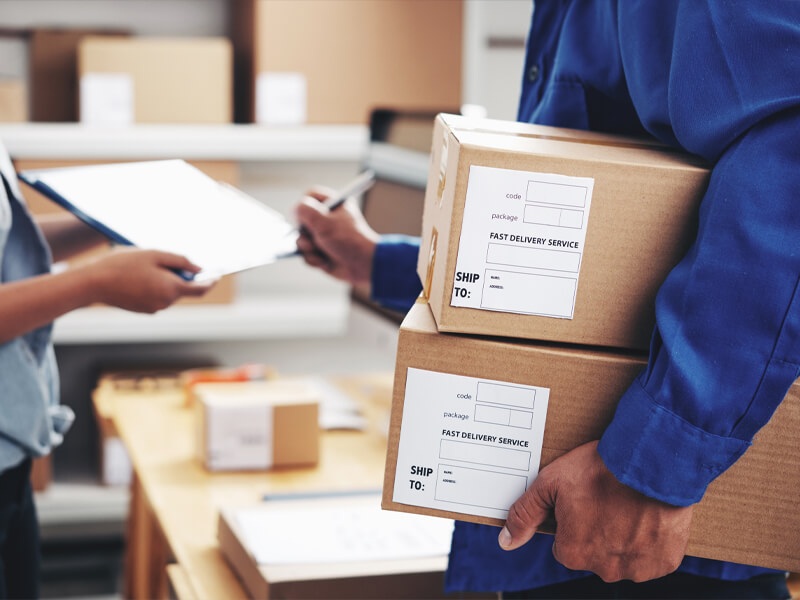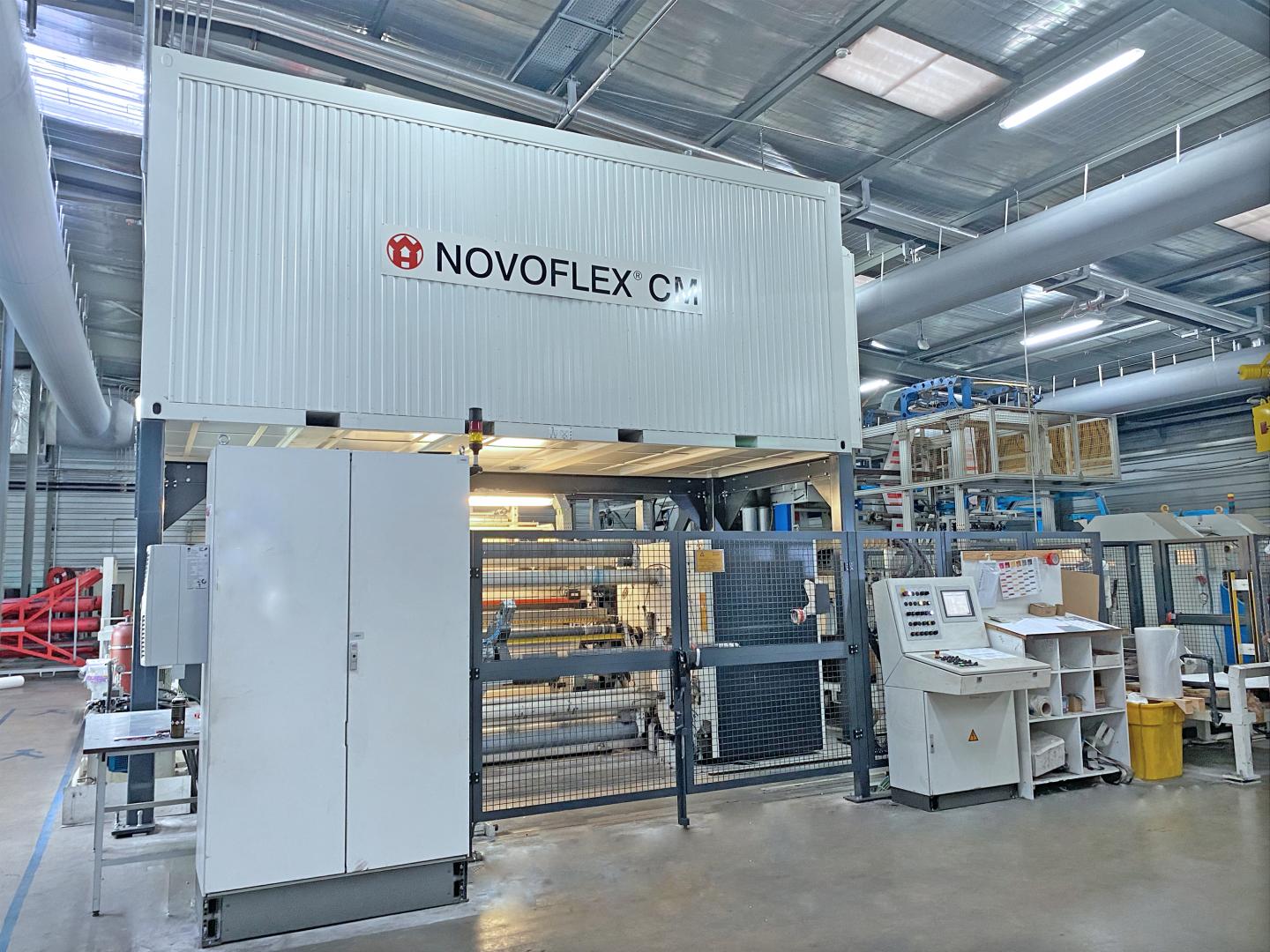Ingenious Industrial Packaging Solutions: Elevating Your Products
Ingenious Industrial Packaging Solutions: Elevating Your Products
Blog Article
Efficient Industrial Recycling Solutions for Lasting Packaging: A Comprehensive Overview
That's where this thorough overview on efficient commercial recycling options for sustainable product packaging comes in. By exploring essential locations such as packaging product choice, designing for recyclability, implementing reusing infrastructure, teaming up with recycling companions, and monitoring and determining reusing success, this guide will certainly equip you with the knowledge and devices required to make enlightened decisions and drive positive change within your organization. Whether you're a product packaging expert, sustainability supervisor, or simply interested in the topic, this overview will supply valuable insights and techniques to assist you navigate the globe of sustainable packaging.
Packaging Material Selection
The selection of product packaging products plays a critical role in making sure the sustainability of industrial reusing solutions. The choice of products is vital in lessening ecological effect and making best use of reusing performance when it comes to sustainable packaging. Selecting the right products can help in reducing waste generation, save resources, and promote a circular economic climate.
Products like cardboard, paper, glass, and certain kinds of plastics can be recycled numerous times without shedding their top quality. On the other hand, products that are difficult to reuse, such as non-recyclable compounds or mixed plastics, can produce obstacles for the recycling process and might end up in land fills or incinerators.
Another consideration is the usage of renewable and naturally degradable materials. Packaging made from renewable energies, such as plant-based plastics or biopolymers, can assist lower dependency on nonrenewable fuel sources and reduce environment change. Additionally, eco-friendly products damage down naturally with time, decreasing the build-up of waste in land fills.
Additionally, the weight and volume of product packaging products should be reduced to reduce transportation expenses and energy consumption. Light-weight materials not only need less sources throughout production however additionally add to lower carbon emissions during transportation.
Creating for Recyclability
Product packaging developers need to focus on the use of products that are widely accepted for reusing and have developed reusing frameworks. Materials such as glass, aluminum, and specific kinds of plastic, like Family pet and HDPE, are commonly recycled and must be preferred over products that are pricey or hard to recycle.
One more important consideration in designing for recyclability is the removal of unneeded parts or products. By reducing the variety of layers, coatings, and added components, product packaging can be made simpler and simpler to reuse. In addition, designers should aim to minimize the use of blended materials, as they can complicate the recycling process.

Implementing Recycling Facilities
Reliable execution of recycling framework is crucial for the success of commercial reusing solutions. Without correct facilities in area, the reusing procedure comes to be inefficient and inefficient, preventing the general objective of lasting product packaging.
To apply recycling facilities properly, numerous key aspects need to be taken into consideration. First of all, there should be an efficient collection system that helps with the splitting up and collection of recyclable products. This can include marked reusing containers in public spaces, as well as collaborations with waste monitoring business for curbside pickup and sorting.
As soon as gathered, the recyclable materials need to be moved to reusing centers in a prompt way. This requires reliable logistics and transportation networks, making certain that the materials reach the suitable centers immediately.
At the recycling facilities, advanced sorting and processing modern technologies should be in area to separate various sorts of materials effectively. This consists of the use of automated arranging devices, optical scanners, and hands-on sorting methods.
Additionally, there should be a durable market need for recycled materials. This can be achieved with cooperations with producers and markets that use recycled products in their production procedures. Developing a secure market for recycled materials incentivizes the recycling market and advertises the circular economy.
Teaming Up With Recycling Partners

One key element of teaming up with reusing companions is the establishment of clear interaction channels. It is necessary to establish open lines of communication to assist in the exchange of info, updates, and feedback. This permits both celebrations to remain informed about the development of reusing initiatives and resolve any kind of difficulties or concerns that might occur.
Additionally, collaboration can involve collaborations in designing and implementing reusing programs. Recycling companions can provide useful insights and guidance directory in creating reliable collection systems and figuring out the most ideal recycling innovations. By interacting, organizations and recycling partners can maximize the reusing procedure and minimize waste.
In addition, partnership can expand beyond the functional aspects of reusing. It can additionally encompass campaigning for and education and learning initiatives. By signing up with forces, organizations and reusing partners can raise awareness concerning the value of reusing and advertise the adoption of lasting packaging methods among customers and other stakeholders.
Tracking and Measuring Recycling Success
To make sure the effectiveness of industrial recycling services and the success of lasting product packaging goals, it is crucial for organizations and their recycling partners to develop a detailed system for tracking and measuring recycling success (industrial metal packaging). Tracking and gauging recycling success enables organizations to analyze the effect of their recycling efforts, recognize locations for enhancement, and set meaningful targets for future anchor progression
One method to track recycling success is via using information collection and analysis devices. By gathering information on the quantity of product packaging waste created, the percentage of waste that is reused, and the kinds of materials being recycled, businesses can acquire valuable insights right into their reusing performance. This information can after that be analyzed to determine fads, patterns, and locations of inadequacy.
One more important element of monitoring and gauging recycling success is establishing clear and standardized metrics. This allows companies to contrast their performance against industry criteria and track their progress with time. Metrics such as recycling rates, waste diversion prices, and greenhouse gas emissions can supply a measurable procedure of a business's reusing success.

Conclusion
To conclude, implementing efficient commercial recycling remedies for lasting product packaging needs careful factor to consider of packaging product choice, designing for recyclability, implementing recycling framework, teaming up with recycling companions, and tracking and determining recycling success. By including these practices, services can add to a much more sustainable and environmentally-friendly method to product packaging, reducing waste and promoting the round economic climate.
By exploring essential locations such as product packaging product option, designing for recyclability, implementing reusing framework, teaming up with recycling companions, and tracking and gauging reusing success, this guide will furnish you with the expertise and tools required to make informed choices and drive favorable modification within your company. Product packaging designers ought to focus on the use of products that are widely accepted for reusing and have established recycling frameworks.Partnership with recycling partners is necessary for the effective implementation of commercial recycling services and the achievement of lasting packaging objectives. By signing up with pressures, services and reusing partners can elevate recognition regarding the significance of reusing and advertise the adoption of lasting packaging techniques amongst consumers and various other stakeholders.
By collecting information on the amount of packaging waste created, the portion of waste that is reused, and the types of products being reused, services can gain beneficial insights right into their recycling efficiency.
Report this page